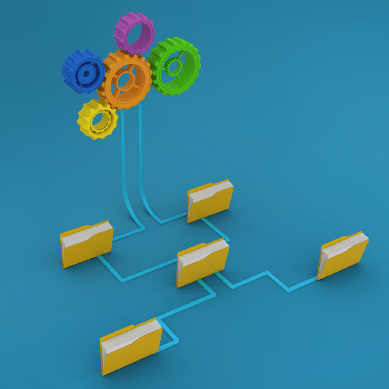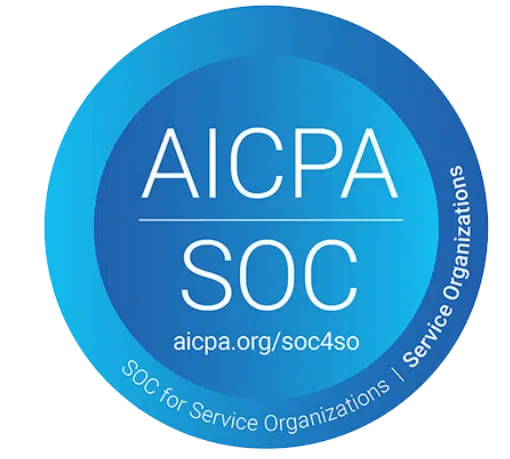The matrix typically consists of two main components: the likelihood of the risk occurring and the potential impact or consequences if the risk materializes. Each component is often assigned a numerical value or qualitative descriptor, and their intersection on the matrix generates a risk rating. This rating helps organizations prioritize risks based on their significance, enabling them to allocate resources and focus on the most critical issues.
The risk rating matrix allows stakeholders to visually identify high-priority risks that require immediate attention or robust mitigation plans. The matrix may include color-coded zones or categories to highlight the severity of risks, making it a valuable communication tool for decision-makers and project teams.
As new information becomes available or project dynamics change, the matrix can be updated to reflect the evolving risk landscape.
By evaluating the likelihood and impact of each identified risk, organizations can prioritize their focus on the most significant threats.
Risk Matrix Use-Cases
- Prioritization: It helps prioritize risks based on their severity and potential impact. By categorizing risks into different levels or classes, stakeholders can quickly identify and focus on high-priority risks that require immediate attention and mitigation efforts.
- Decision-Making: The risk rating matrix supports informed decision-making by providing a visual representation of the risk landscape. Decision-makers can use the matrix to understand the overall risk profile, allocate resources effectively, and make strategic choices to mitigate or accept specific risks.
- Resource Allocation: Organizations can use the matrix to allocate resources more efficiently. By concentrating efforts on high-risk areas, they can optimize resource utilization and ensure that mitigation measures are applied where they are most needed.
- Communication: The matrix serves as a communication tool by presenting complex risk information clearly and concisely. It allows stakeholders to understand the relative importance of different risks easily and facilitates discussions about risk tolerance and mitigation strategies.
Please login or Register to submit your answer





